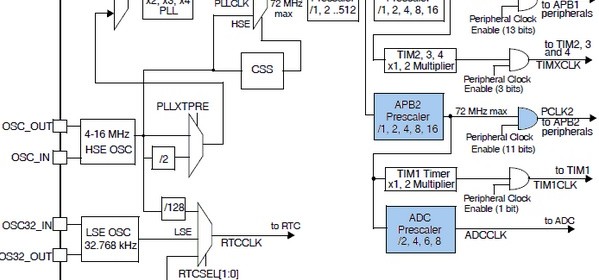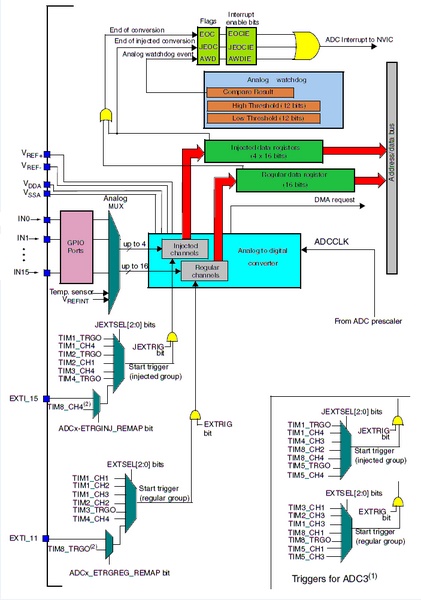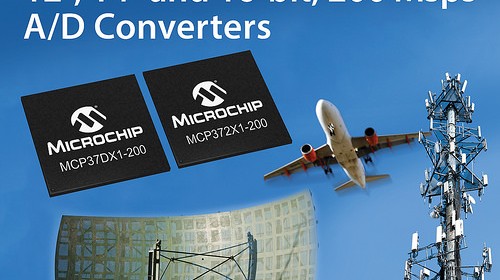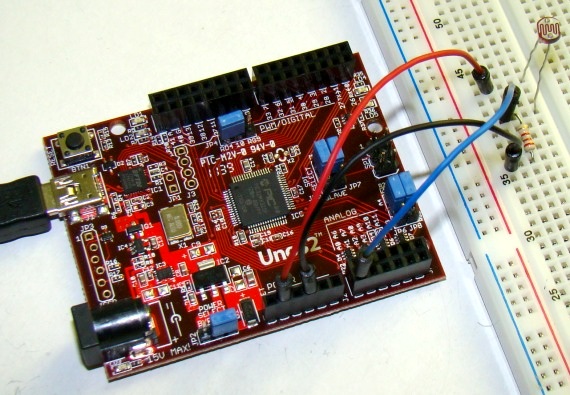STM32 Analogue-to-Digital Converter (ADC)

Most of us who have experienced 8-bit MCUs previously know how much important it is to have an Analogue-to-Digital Converter (ADC) built-in with a microcontroller. Apart from other hardware extensions unavailable in the early era microcontrollers, many former 8051 microcontroller users shifted primarily to more robust Atmel AVRs and Microchip PICs just for this important peripheral. I don’t feel it necessary to restate the advantages of having such a peripheral embedded in a micro. In traditional 8-bit MCUs aforementioned, the ADC block is somewhat incomplete and users have to work out tricky methods to solve certain problems. The ADC block of STM32 micros is one of the most advanced and sophisticated element to deal with in the entire STM32 arena. There are way too many options for this block in a STM32 micro. In this issue, we will explore this block.  Read more
Read more







